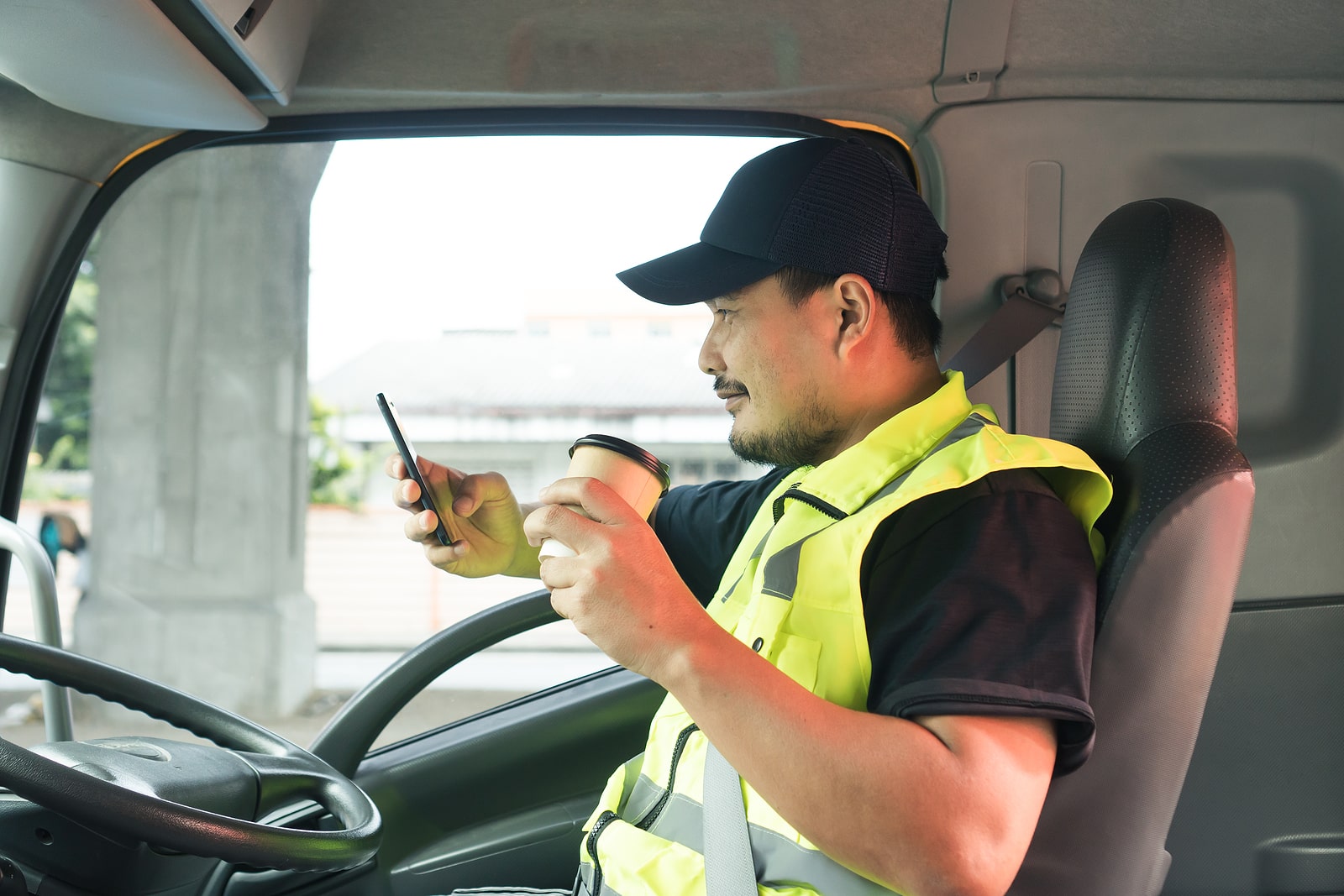
Drunk and/or drugged drivers in cars cause enough damage to innocent victims, but those in commercial vehicles could cause exponentially more damage due to the size of their vehicles. Accident injuries often prove catastrophic, especially if the accident involved a large, fully loaded tractor-trailer truck. The physical, financial, and emotional pain suffered in these accidents can negatively affect the lives of both victims of their families.
Why Drunk or Drugged Truck Drivers Pose a Danger
Just because a person drives a truck commercially does not make him or her a better driver than anyone else on the road. We do expect commercial drivers to drive better, but that doesn’t always happen. Add alcohol or drugs to the scenario, and the commercial driver becomes one of the worst drivers on the roads.
Add the size of the commercial vehicle to the effects of alcohol or drugs, and you get a disaster waiting to happen.
Some of the effects of alcohol include:
- Slower driver reaction time.
- Poor motor control.
- Impaired judgment.
- Impaired decision-making.
- Higher incidences of risky behavior, such as speeding or running traffic controls.
- Blurry vision.
- Altered vision.
These effects could cause a driver to react slowly to stopped vehicles in front or the inability to recognize traffic control signals in time. The affected driver’s perception does not allow the driver to see distances correctly and causes aggressive driving and speeding.
A loaded tractor-trailer truck weighs 80,000 pounds or more. When that amount of weight crashes into a 4,000-pound car or a 900-pound motorcycle, the results can prove devastating.
Common Causes of Drunk Driving Truck Accidents
Drunk truck driver accidents involve the same causes as non-drunk driving truckers, but drunk drivers are far more likely to cause an accident due to a drunk driver’s decreased awareness.
Common causes of truck accidents include:
- A truck driver that takes a curve too fast faces a higher risk of rolling over. The height of the truck tips into the curve and carries the entire rig over. Common places for truck rollovers include on- and off-ramps and sharp curves.
- Blind spots. Blind spots keep truck drivers from seeing all of their surroundings. Even if the driver moves around in the driver’s seat, he or she cannot see people in certain areas of the blind spots, especially on the right side, in the front, and at the rear of the truck. A drunk truck driver might look and not even notice a nearby vehicle, or may forget to take the extra time to turn to see more of the blind spot before changing lanes.
- Head-on collisions and running off the road. Truck drivers often struggle to remain in their lane compared to driving a smaller vehicle. Combine drunk or drugged driving with trying to handle a tractor-trailer truck, and it becomes exponentially more difficult. A driver could veer into oncoming traffic or could veer off the road. If the driver overcorrects when going off-road, he or she could veer into oncoming traffic and cause a head-on collision.
- Jackknife wrecks. If a driver weaves, overcorrects, oversteers, or even brakes too hard, the motion of the tractor could cause the trailer to slingshot around so that the rear faces forward—a jackknife. Even if the tractor stays in its lane, the trailer could swing into other lanes, taking other vehicles with it.
- Rear-end collisions. A truck requires a much longer stopping distance. If a drunk truck driver miscalculates the distance between the truck and vehicles in front of the truck, the drunk driver could cause a traumatic rear-end collision.
How To Identify a Drunk or Drugged Truck Driver
Whether a driver is drunk or drugged—even on legal prescription drugs, they could cause a catastrophic accident. In many cases, you can’t avoid an accident if it happens too quickly. However, in some cases, you could avoid being the victim of a drunk or drugged driving accident if you take the time to notice certain behaviors. Drowsy and fatigued driving include many of the same behaviors as drunk or drugged driving and also pose serious dangers.
Thus:
- Look for trucks weaving, driving aggressively, speeding recklessly, passing without care, or suddenly decelerating and/or accelerating.
- If you stop at rest stops, watch for drivers drinking in their trucks. Even if truck drivers sleep it off for a couple of hours, they may remain impaired, even after just one drink.
- Avoid driving late at night when possible. Not only could truck drivers still suffer the effects of drugs or alcohol, but they also may feel fatigued since you have no idea how long or if the driver slept during the day.
- Look for unsecured loads, straps coming loose and flapping in the wind, or open trailer doors. A drunk driver could have forgotten to latch the door or strapped a load down improperly.
Truck Accident Injuries and Recoverable Damages
Because of the size of a commercial vehicle, accident injuries often prove catastrophic. Even a full-size pickup truck can’t take on a tractor-trailer truck, bus, cement truck, or garbage truck.
Injuries you could sustain include:
- Traumatic brain injuries.
- Back and spinal cord injuries.
- Minor injuries, including scratches, cuts, scrapes, bruises.
- Simple and compound fractures.
- Crushed bones.
- Road rash.
- Chemical and thermal burns.
- Internal injuries.
- Head, neck, and shoulder injuries.
- Face and eye injuries.
Damages you might recover because of accident injuries include:
- Past and future medical expenses.
- Lost wages and loss of future earning capacity.
- Replacement or repair of destroyed or damaged personal property.
- Funeral, burial, and/or cremation expenses, and probate filing fee expenses.
- Pain and suffering.
- Loss of quality of life.
- Loss of use of a body part or bodily function.
- Inconvenience should you have to hire someone to do the chores that you normally complete.
- Amputation of a digit or limb.
- Excessive scarring and/or disfigurement.
If you suffer injuries in a driving truck accident, contact a truck accident attorney for a free case evaluation.









